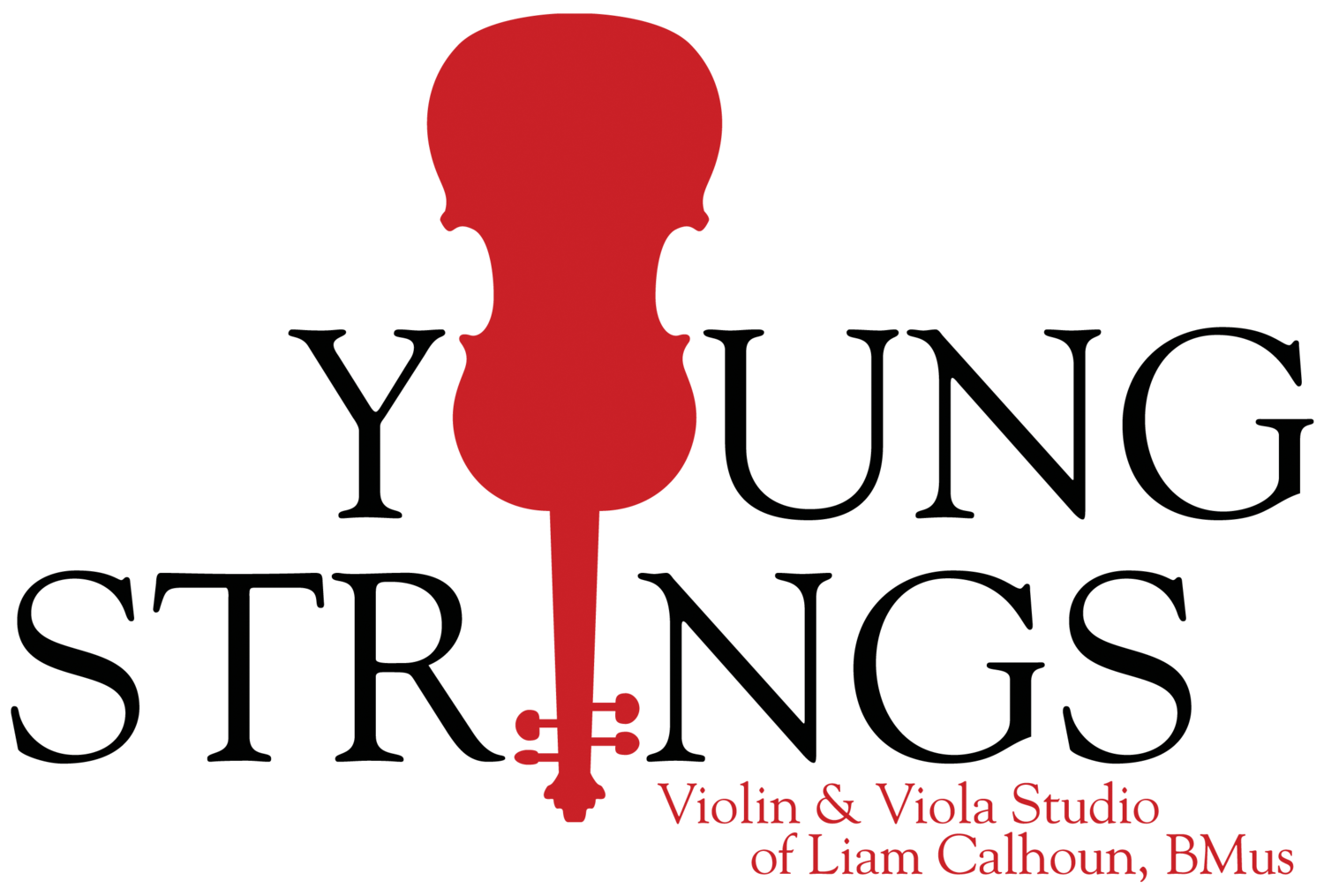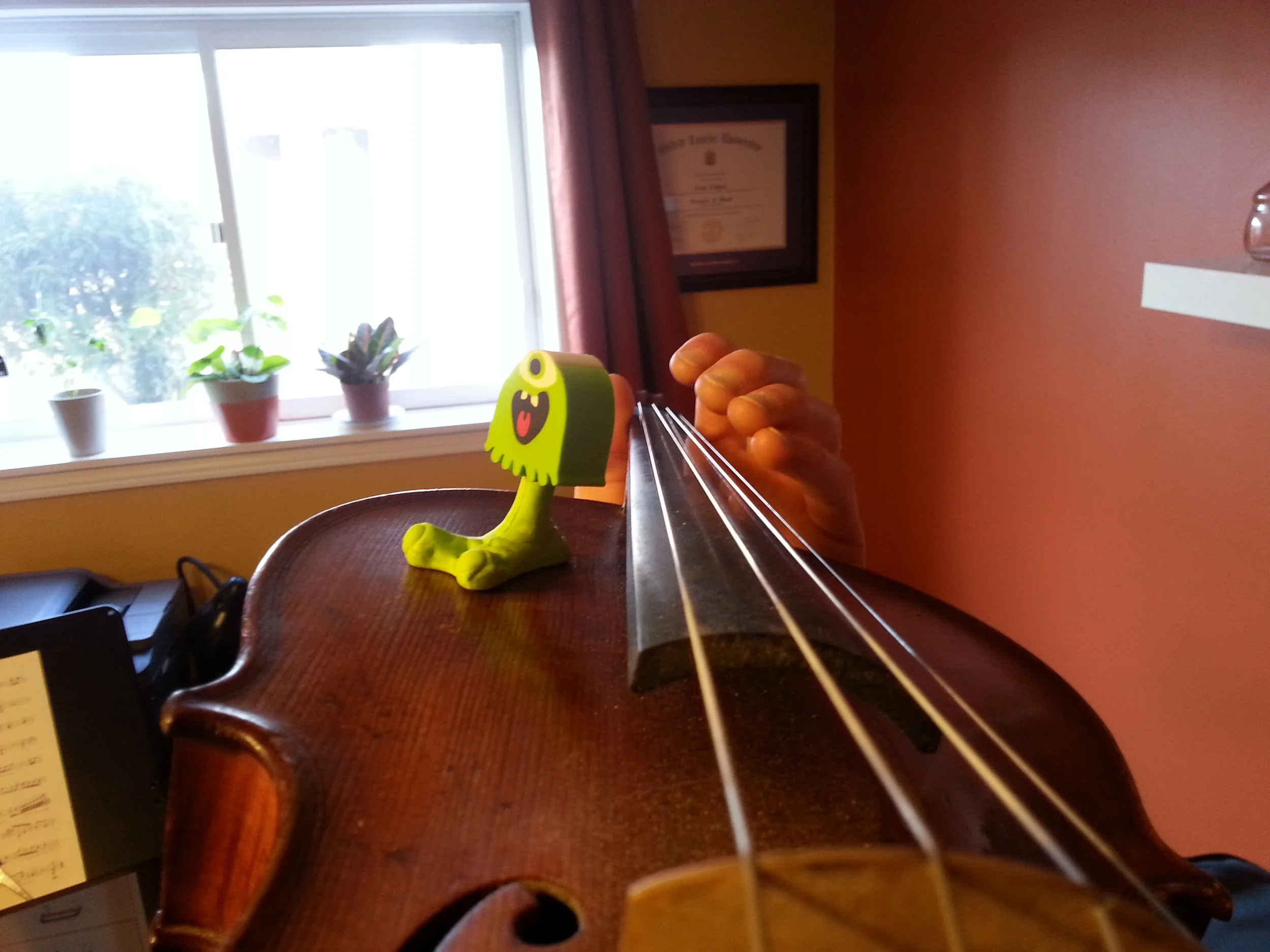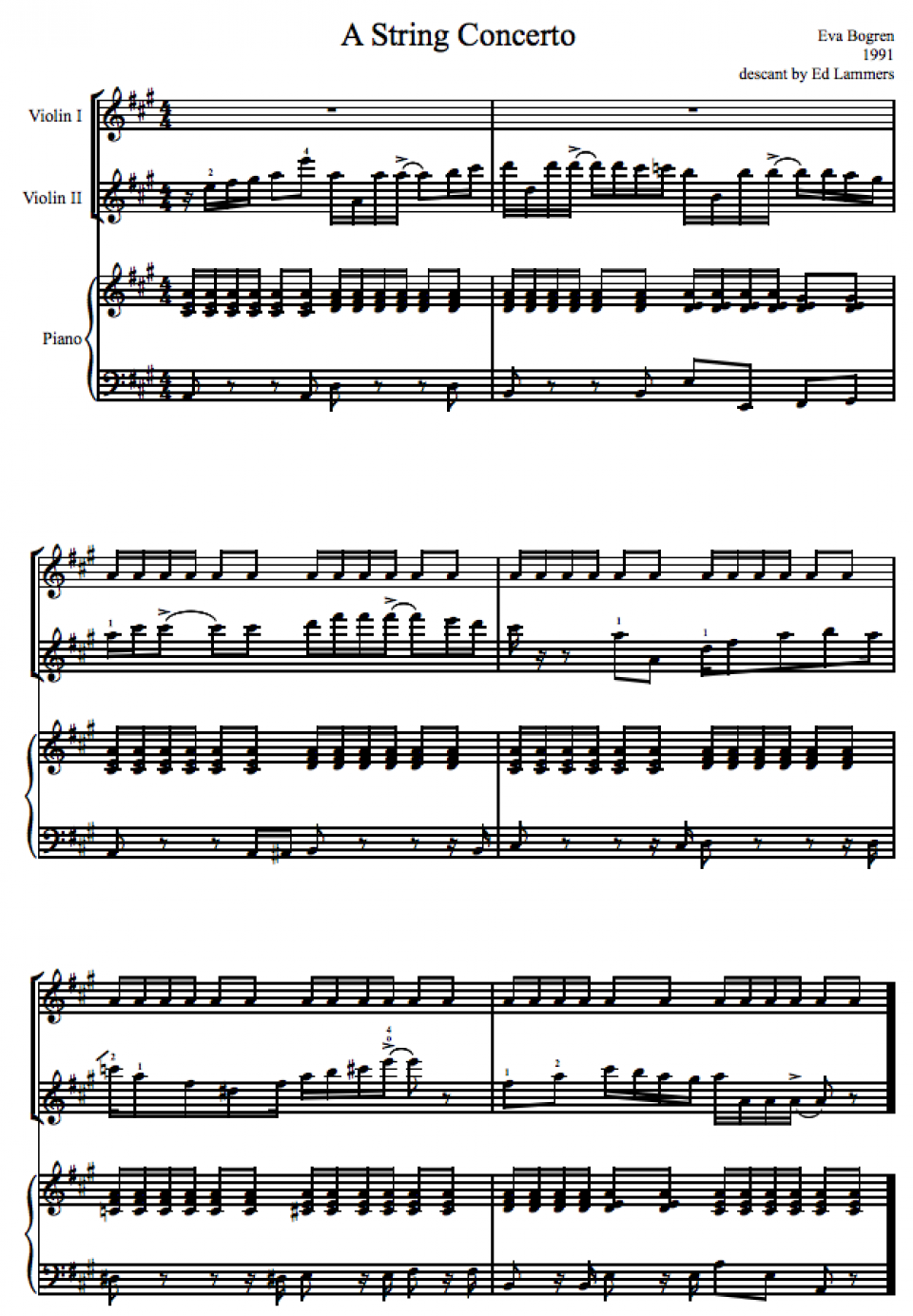Suzuki Teaching!
After a good few weekends travelling back and forth from Toronto, I am very happy to announce that Lisa and I have completed our Suzuki Unit 1 training! This training consisted of group-class observations, written assignments, and a lot of in-class discussion and lecturing about both the philosophies of Dr. Suzuki and its subsequent application in teaching children to play the violin.
A lot of time spent here... bring a coat on cold days.
If you're wondering what the Suzuki method actually is, don't feel bad! Although I was previously familiar with the repertoire of Suzuki violin (Twinkle anyone?), I didn't really know what it was all about.
This guy!
Shinichi Suzuki devised his approach to teaching the violin after observing the way that children learn to speak their native language. Since all children learn to speak before reading, beginners in Suzuki learn everything aurally through much imitation and listening. The violin is a challenging instrument to produce a good sound with, so most of the focus is put on this - rather than learning to read notes at the same time.
Note reading does come later, and by this time will have a well-trained ear that is adept at recognizing rhythm and melodic patterns.
There were many aspects of Suzuki teaching that I found to be very inspiring and already useful in my own lessons. We spent a lot of time on the "pre-twinkle" stage - the very beginning stages where a young student learns to hold the instrument and bow and establishing a good sound and posture. It often takes much longer for a 4-year old to learn these skills than it does a 7-year old, and having many different ways to turn things into fun games for children keeps lessons engaging and interesting.
This balancing act is an example of a great game for young children. Not making the little monster fall over helps promote focusing on one task as well as great posture!
Another great tool - the A string concerto! Rather than moving through things too fast before solidifying the fundamentals, this allows the teacher to squeeze more out of the first twinkle variation rhythm.
Throughout lessons, positive encouragement and reinforcement is very important. It's a really great feeling setting a child up for success (with still some challenge), and watching them accomplish what it is we are working on!
Keep putting on the Suzuki CD! The idea is to immerse the child in a musical, loving, fun environment!




